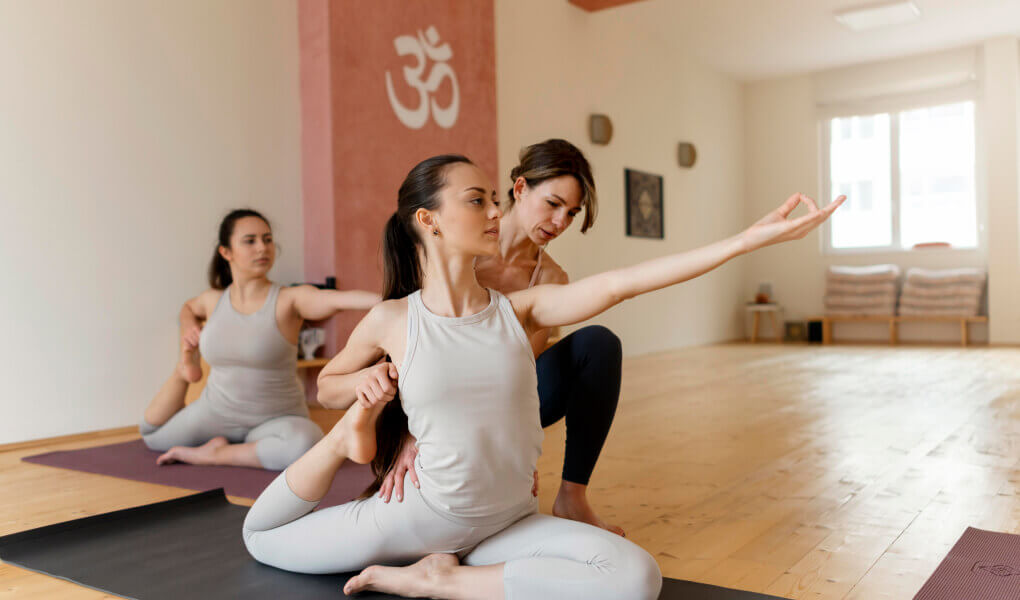When we hear the word yoga today, images of sun salutations, handstands, and downward dogs often come to mind. But the physical postures—known as asana—are just one part of a much deeper, richer tradition. The ancient sage Patanjali outlined a comprehensive guide to spiritual development in his Yoga Sutras, known as the Eight Limbs of Yoga (Ashtanga Yoga). Far from being outdated, these limbs offer a timeless roadmap for living a meaningful and balanced life—even in our fast-paced modern world.
1. Yama: Ethical Restraints
The yamas are moral guidelines for how we interact with the world around us. There are five:
- Ahimsa (non-violence)
- Satya (truthfulness)
- Asteya (non-stealing)
- Brahmacharya (moderation)
- Aparigraha (non-possessiveness)
Modern Application:
Practice ahimsa by choosing kindness over criticism, both toward others and yourself. Embrace satya by speaking your truth, even when it’s uncomfortable. In a consumer-driven society, aparigraha reminds us that happiness isn’t found in things, but in simplicity and gratitude.
2. Niyama: Personal Observances
The niyamas focus on self-discipline and inner integrity. They include:
- Shaucha (cleanliness)
- Santosha (contentment)
- Tapas (discipline)
- Svadhyaya (self-study)
- Ishvarapranidhana (surrender to a higher power)
Modern Application:
Cultivate tapas by sticking to healthy routines. Explore svadhyaya through journaling or reading spiritual texts. In times of uncertainty, ishvarapranidhana encourages trust in the bigger picture—an especially comforting principle in our chaotic times.
3. Asana: Physical Postures
Traditionally, asana prepares the body to sit in meditation. Today, it’s become the most popular aspect of yoga.
Modern Application:
Your yoga mat is a space to reconnect with your body and breath. But asana is more than fitness—it’s about presence, awareness, and honoring your physical form as a vessel for your spirit.
4. Pranayama: Breath Control
Pranayama involves regulating the breath to influence the flow of prana, or life force, in the body.
Modern Application:
In a world filled with stress and sensory overload, conscious breathing is a powerful tool. A few minutes of deep, mindful breathwork can calm your nervous system, enhance focus, and reconnect you to the present moment.
5. Pratyahara: Withdrawal of the Senses
This limb teaches us to turn inward and detach from external distractions.
Modern Application:
Pratyahara is the quiet moment when you put your phone down, turn off the news, and simply be. It’s about finding stillness amidst noise, which is a revolutionary act in a hyperconnected world.

